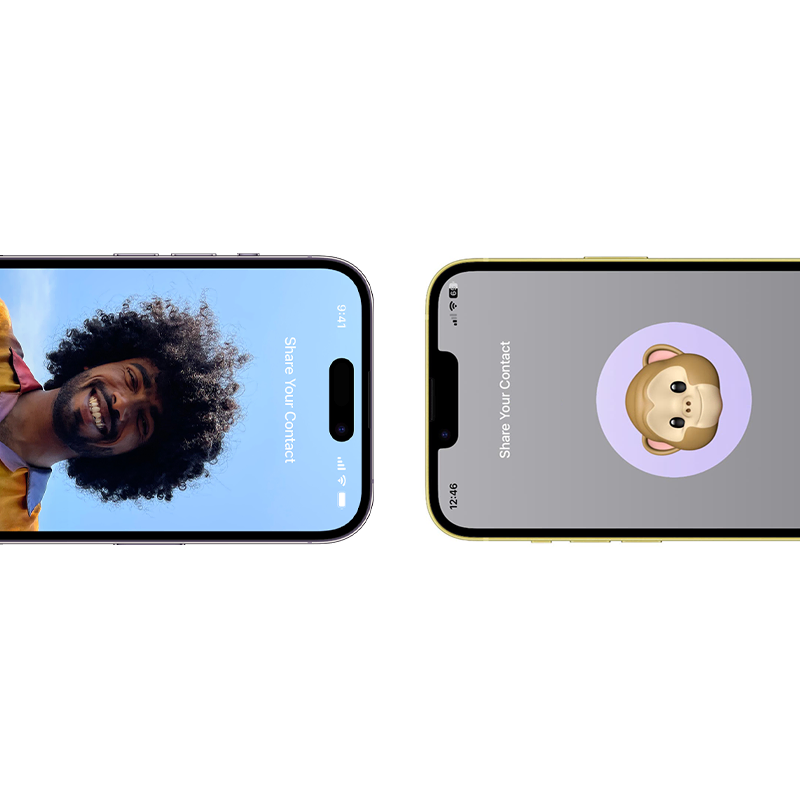
Exchanging information has become increasingly easy with various wireless technologies that can be used by devices.
For Apple users, starting iOS 17.1 and watchOS 10.1, "you can use NameDrop to quickly share contact information with a nearby iPhone or Apple Watch," said Apple in a support page.
This feature allows users of those devices to share information, like phone numbers and email addresses they wish to share, by just bringing the two devices near each other.
The thing is, the feature is turned on by default.
And this sparked some privacy concerns, one of which, was made viral by the police departments across the U.S., which issue alerts to parents.
For example, the Jefferson Hills Police Department urged parents whose children have iPhones to turn the feature off.
"This feature could allow the sharing of your contact info just by bringing your phones close together," the department wrote in a Facebook post. "Don't forget to change these settings after the update on your children's phones, also, to help keep them safe as well."
This make some people to began inspecting, trying to find the truth and possible implication it may have.
First of, NameDrop works by holding two devices close to each other, which will cause both devices to vibrate, indicating a link.
Once this happens, a sublime animation onscreen activates, and a NameDrop prompt will appear on both devices' screens.
From here, users' contact info appears on the screen and users can choose to share their phone number or email with the other party. And that’s it, they're done.
No more, "What’s your number? Actually, could you just call me?"
The feature is handy for quickly sharing information without having to send a text or manually share a contact card.
At this time, only phones that come following the iPhone Xr, which include the second- and third-generation iPhone SE, right up to the 2023's iPhone 15 series, can support this feature. Users who own Apple Watch, it needs to be running watchOS 10.1 or later, meaning that Apple Watch Series 4 or later can use this feature.
As for the privacy and security concerns, the feature is indeed turned on by default, and this is done by design.
Apple did this intentionally, in order to prevent the hassle.
The way it works is clever, meaning that users are very unlikely to share their contact details unintentionally.
In this case, Apple knows that nobody should be able to take details like phone number and email addresses of other person's contact details without their consent and permission.
While it's true that bringing two iPhones or Apple Watch that support the feature near each will automatically connect and run NameDrop, to start sending the information users need to first choose whether to share your phone number or their email. Nothing is shared until they've chosen what to share.
And even then, users still need to press a button marked Share before anything happens.
In other words, it requires both devices to be unlocked.
If not, no data is sent.
In other words, while sending data through NameDrop is a straightforward process, it involves steps that should be done while both devices are unlocked.
So here, the suggestion that the contact info could be shared "just by bringing your phones close together" is not correct.
Regardless, tor those who wish to turn off NamdeDrop, can simply to their iPhone's Settings page, and tap on 'Genera', and then 'AirDrop'.
There, they can turn off NameDrop by toggling the toggle 'Bringing Devices Together' sharing option button to the off position.